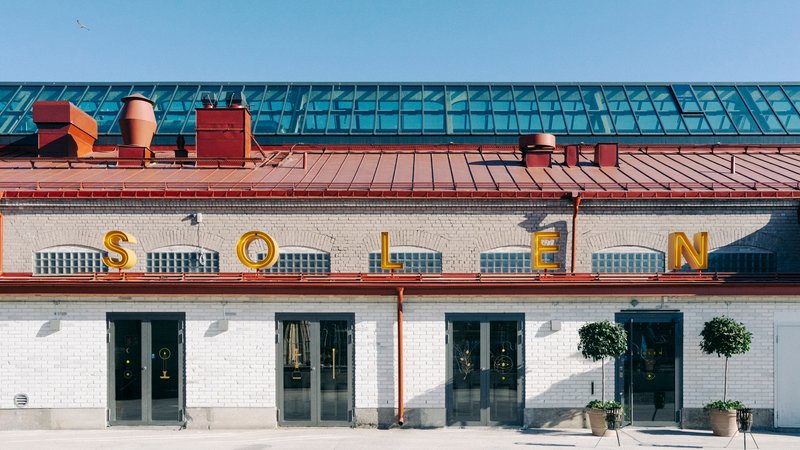Things to do in Slakthusområdet
Publish date: 10 March 2025
Slakthusområdet has in just a couple of years turned into Stockholm's hottest nightlife district. But there's plenty to see and do if you also visit during the daytime.
In the early years of the 20th century, Slakthusområdet was a state-of-the-art meatpacking district. Built between 1906-1912 it was a district populated by meatpackers, slaughterhouses, cold storage facilities, and offices.
As time went by many companies moved out, opting for large factories in the countryside or abroad. As a result, many of the district's historical buildings became silent and vacant. In later years though, the old warehouses and abattoirs have been filled with sounds again; pulsating basslines, blistering drums, and razor-sharp electric guitars.
- Today Slakthusområdet is a club and nightlife district where you'll find some of Stockholm's most popular clubs and concert venues like Slakthuset, Fållan, Slaktkyrkan, and Hus 7. Within earshot are two of Stockholm's largest multi-event arenas; Avicii Area and 3Arena (formerly Tele2 Arena). Around 3Arena you'll find even more nightclubs like Club Backdoor and Under bron, and the activity bar Tolv. In other words, there's bound to be a dancefloor for everyone, whether you prefer thumping Chicago house or experimental metal.
- If you visit during the daytime instead Stockholm Roast offers coffee-deluxe, eccentric Upplevelsemusset unique experiences, and the SkyView-elevator a panoramic view over southern Stockholm. And if you walk around the nearby neighborhoods you'll find several other cozy restaurants and cafés. The café Robin Delselius Bageri is just a short walk further south in picturesque Gamla Enskede. If you walk westward instead, you'll come across Enskedeparkens Bageri, located by Enskede's allotment garden.

- Slakkthusområdet has in recent years become a gastronomic hub. Restaurants like Solen, Bar Montan, and Afrika STHLM have already opened. Matatteljén is set to move into the neighborhood in 2025. Most of the culinary activity is centered around Hus 27, once a slaughterhouse that has been renovated and rebranded as a culinary destination.
Slakthusområdet is also an area currently in a state of redevelopment in the coming years. In 2030 a new metro station will open up, welcoming its first passengers. Before that, new residential buildings, shops, and restaurants will have joined the existing Art Nouveau industrial ones, forming a new city district.

